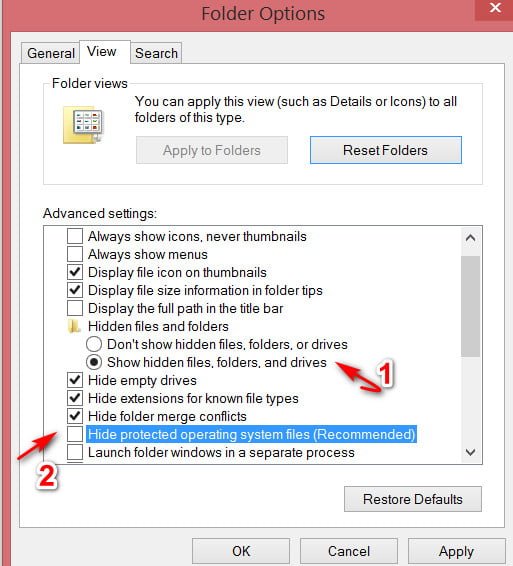

If you would prefer to disable Hibernate through the command line, you can use the steps outlined below. Clear the Enable Hibernation check box ( Figure B) and click OK.įigure B Windows XP - Power Options - Hibernate.Select the Hibernate tab in the Power Options Properties dialog box.

Open the Control Panel and access Power Options.On Windows XP systems, you can easily disable Hibernate through the GUI using the following steps: You can do this through either the Windows GUI or the command line. To permanently remove the file, you must disable the Windows Hibernate function. But if you're running low on hard drive space and never use the Hibernate feature, hiberfil.sys is unnecessarily eating up valuable disk real estate.Īs I noted earlier, you can manually delete hiberfil.sys, but it will just come back. On a computer with plenty of free disk space, having such a large file just hanging around usually isn't a problem. Thus, the file is always equal in size to the total amount of available RAM on the computer ( Figure A). Hiberfil.sys, as the name suggests, is the file to which Windows saves the snap-shot data. Hibernate was designed to speed up shutdowns and restarts and save power on laptops. When you activate Hibernate, Windows takes a snapshot of your current session (all your running programs, open files, etc.) and writes that information to your hard drive. To understand why hiberfil.sys exists, we must look at the Windows Hibernate function. Hiberfil.sys and Windows Hibernate function This How do I blog post was adapted from a post in the TR Dojo Blog and is available in PDF format in a free TechRepublic download. TechRepublic's Head Technology Editor, Bill Detwiler, is going to show us how. If you use Hibernate all the time, this is how it is supposed to be, but if you do not use Hibernate, you can reclaim some hard disk memory space by deleting the file and turning off Hibernate. Editor's note: If you have ever used the Hibernate feature in Microsoft Windows, then you have created the hiberfil.sys file in the system root directory.


 0 kommentar(er)
0 kommentar(er)
